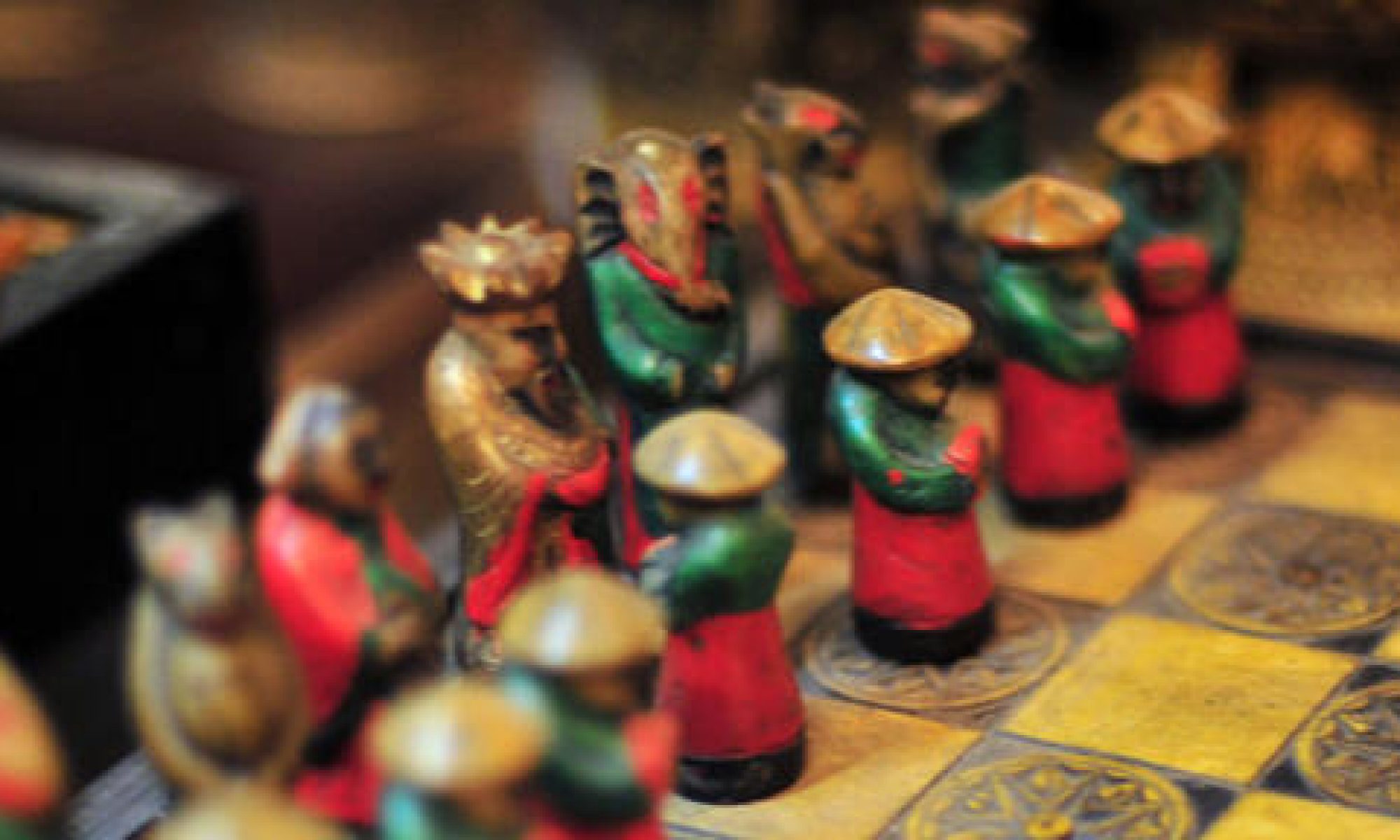XP2009 was a nice experience. The Flamingo Hotel outside Pula in Sardinia might not have been on par with a normal Scandinavian hotel when it comes to Internet Access, hot water, and definitely not on par with Italian restaurants when it comes to food. But as usual the people visiting (139) are exceptionally experienced, nice and willing to share and contribute.
My workshop ran on Monday afternoon as planned with dozen+ people. The workshop was presented in the program with its initial title and description, so me acting on the workshop commitees feedback never made it to the actual program. But me and Andreas ran it using staying on the topic listed in the program, “Coaching Agile in Large Scale Development” as well as the ideas and discussion topics of the participants. Jutta Eckstein participated and contributed much of her extensive experience.
Jutta proposed a discussion around “Creating a Agile Community”, supposedly as a means to inject Agile thinking and that way creating or sustaining an Agile Transition. This actually became the most important topic and after extensive discussions about what a community actually is and how to create a special one on Agile topics, we actually concluded two important things:
First, don’t try to create a new Agile community to initiate change. A new community is hard to start, and you will get limited leverage by talking to believers. Instead find the communities that already exist, and there probably are a lot already. A community is a set of people with some relation to each other, for example that they share some interest; the development team, the lunch buddies, the java experts, the sci-fi readers and the art club. Not everyone of these can be leveraged for an agile transition, but you could probably find something from the agile toolset or value base that you (or someone) can inject in most of them. But you probably shouldn’t advocate agile as such in each and every one, but stay on the topic of the network, for example talk about jUnit and how to leverage that on the Java Expert Community. And of course we talked about using the techniques from “Fearless Change” by Linda Rising and Mary Lynn Manns.
Secondly, try to create a new Agile community, but not to initiate change. Use it to make sure that the belivers, the coaches and the change agents have somewhere to draw strenght and inspiration from. Change isn’t easy so the people that try to sustain change need every piece of support they can get.
